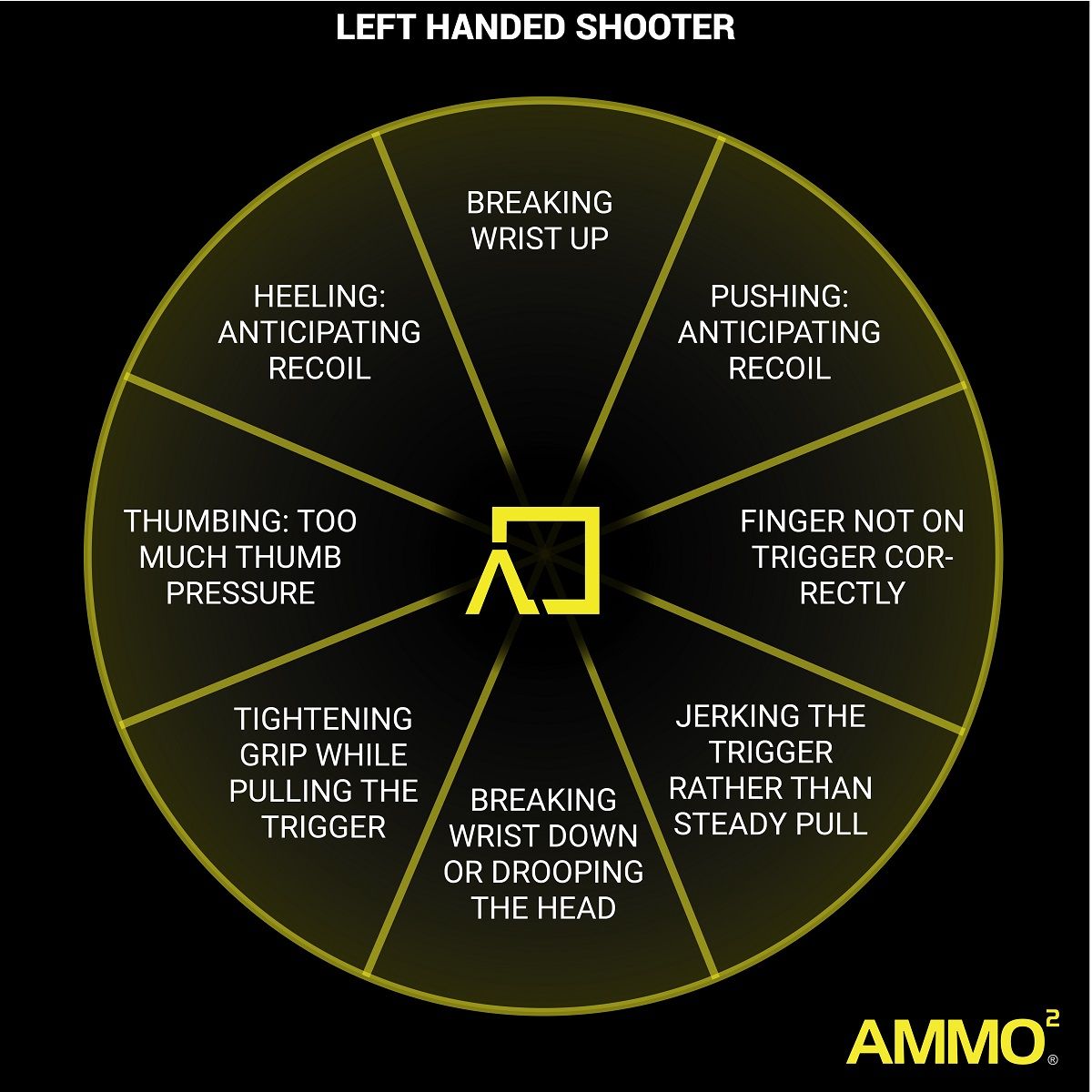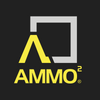Understanding Shot Placement With Handguns
In our world of instant gratification and Instagram Greatness, one of the biggest barriers new shooters face is not being “immediately good”. It's discouraging to watch round after round hit somewhere other than where you are aiming.
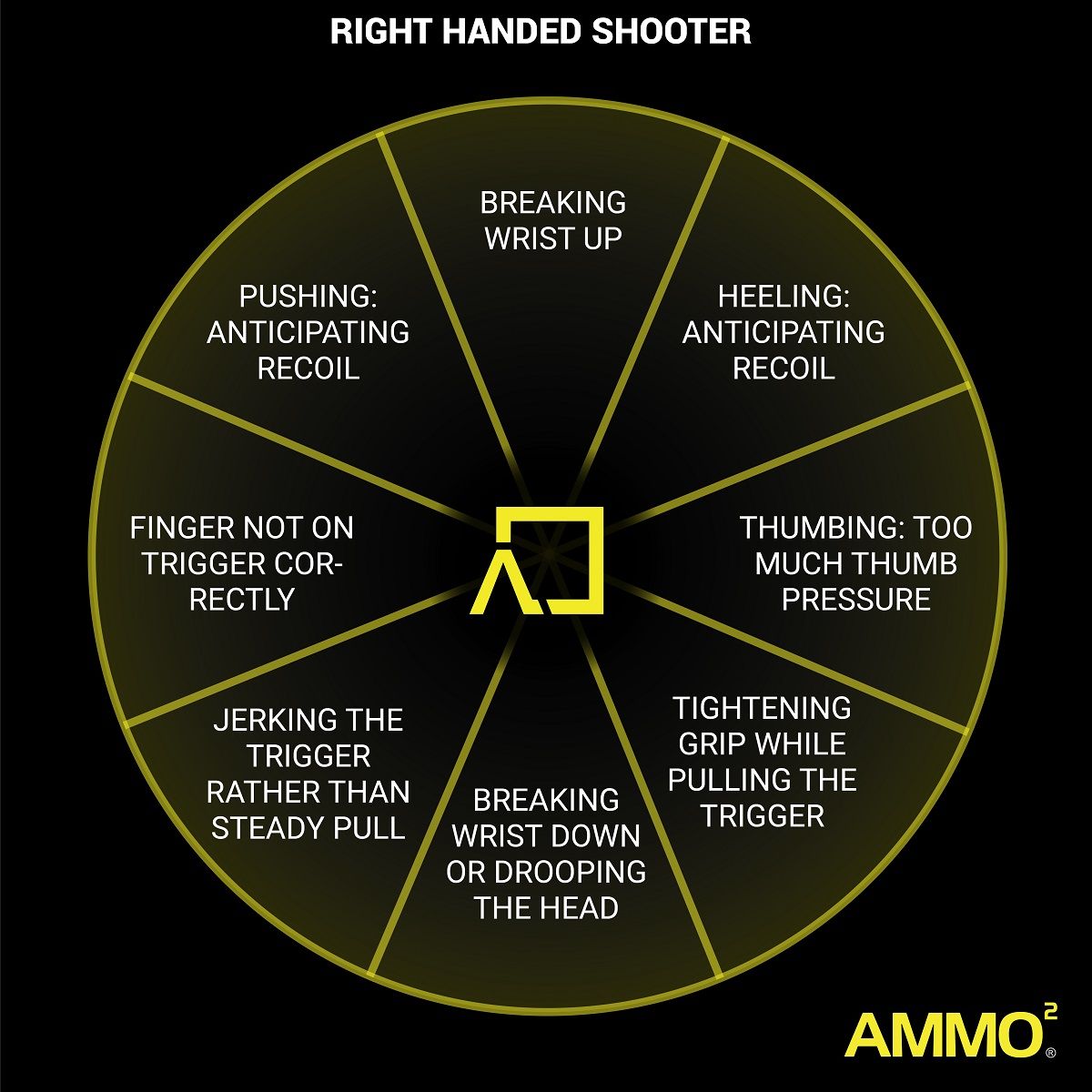
(full chart below)
In our world of instant gratification and Instagram Greatness, one of the biggest barriers new shooters face is not being “immediately good”. It’s discouraging to watch round after round hit somewhere other than where you are aiming. While nothing can replace the value of professional training, we thought it would be handy to address some common issues that could be keeping you from being a mad monk with a pistol and reaching your shooting goals.
How to Grip the Gun
The first thing you should examine is your grip on the handgun. This is the foundation of accuracy.
The web of your dominant hand between your thumb and index finger should slide up as high as possible on the backstrap of the handgun, settling just below the beavertail, below the slide. This will help with recoil control and ensure follow up shots are accurate.
You’ll want to keep your trigger finger indexed along the side of the gun and firmly grasp the grip of the gun with your remaining fingers in such a manner that your middle finger makes contact with the base of the trigger guard. With your support hand, place your thumb’s basal joint and palm into the remaining open space on the grip. It should fit similar to a puzzle piece. Wrap your remaining fingers over the top of your strong hand, but don’t interlock them.
Both of your thumbs should be on the same side running parallel, with the strong hand thumb resting on top of the support hand thumb.
Finger Placement
Where you place your finger on the trigger is critical to consistent, accurate shooting. It’s important to use the center pad of your trigger finger to apply steady pressure to the trigger, don’t use the fingertip or finger joint to pull the trigger. If you use the tip of your finger on the trigger you’ll tend to push the trigger while wrapping your finger around the trigger will introduce a pulling or snatching motion.
Jerking/Pushing/Snatching
Be sure not to push the trigger to the left or snatch it to the right. Pushing and snatching are often the direct result of an improperly placed finger, and jerky, inconsistent movements.
Jerking the trigger can result in shots missing to the low left if you are a right handed shooter, or low right if you are a lefty (see chart). This is one of the most common shooting errors. This can even happen to very experienced shooters when they are trying too hard to shoot quickly without proper technique.
When you pull the trigger, it’s important to remember to apply steady and consistent rearward pressure, even if you do it quickly.
Flinching/Heeling
Flinching occurs when you push your handgun in anticipation of the impending shot. Heeling occurs when you apply too much pressure to the grip of your handgun. Both of these issues will drive your shots upwards. Every shot should be a surprise for best accuracy. When you anticipate the shot, you tense up your muscles putting unnatural pressure on the gun.
Diagnosis Chart
While the above issues are not comprehensive, they will certainly ensure you have a good foundation and will eliminate many of the potential issues shooters may encounter. Check out our shot placement charts below to help identify what may be causing the issue.
Right Handed Shooters:
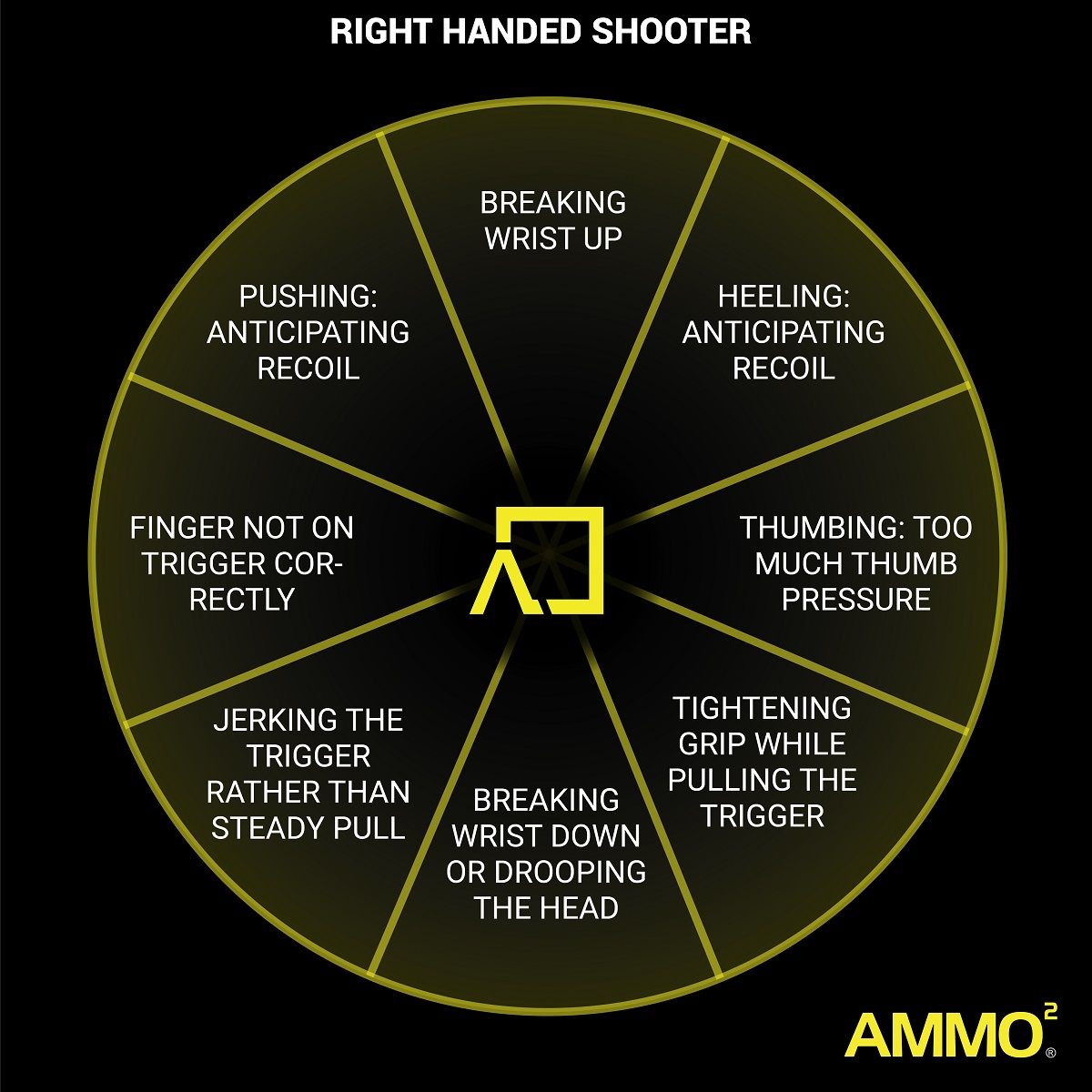
Left Handed Shooters:
